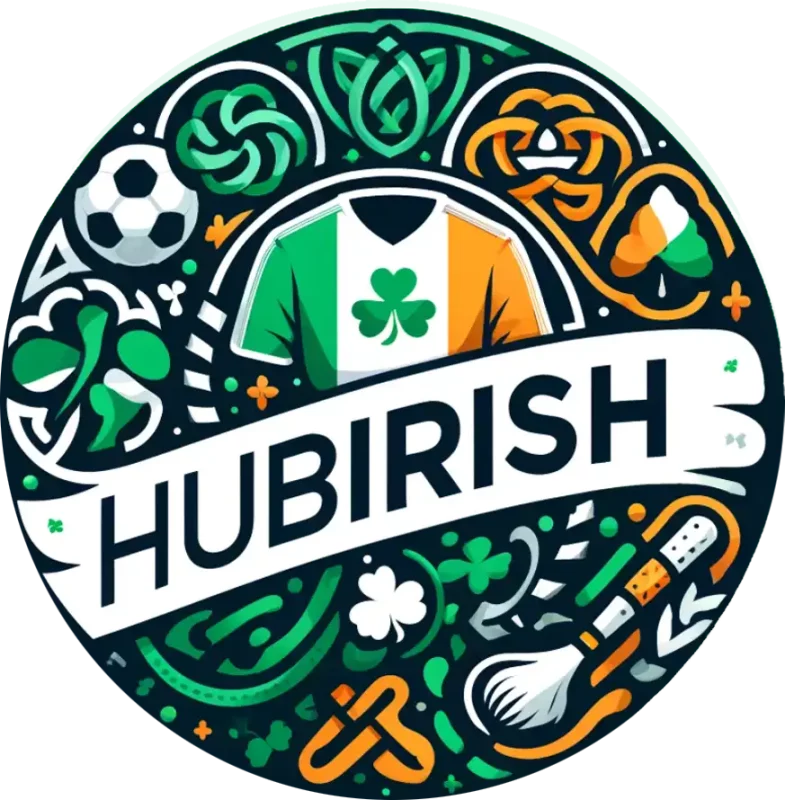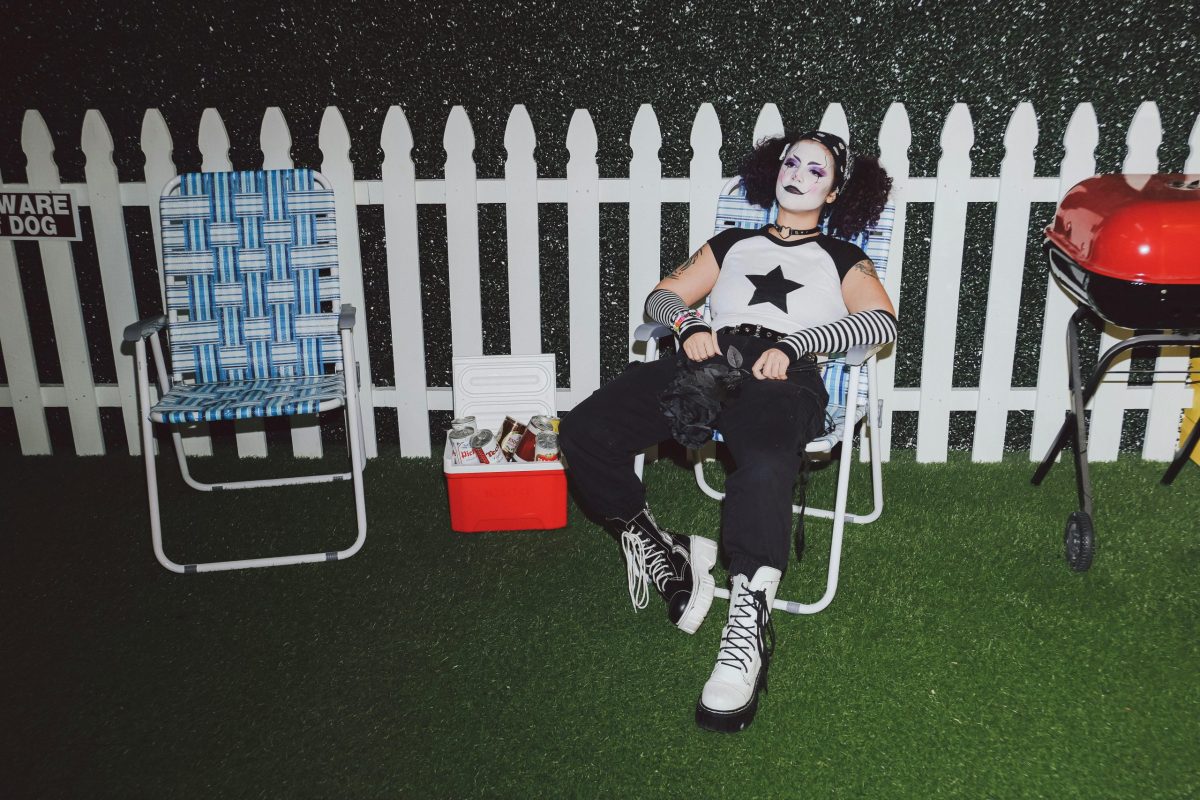Uncategorized
Rebellion in Ballinasloe: A Night to Remember
The Night the Rebels Taught the Crown a Lesson in Ballinasloe
Estimated reading time: 5 minutes
- Defiance Overcomes Might: The rebels of Ballinasloe in 1920 showed that resolve could topple even the strongest oppressors.
- Cultural Legacy: The tales from that night became embedded in the national consciousness, inspiring generations to stand up against tyranny.
- Collective Identity: Ballinasloe serves as a reminder that courage and unity are foundational to Irish identity and resilience.
- A Call to Remember: This story is part of a broader narrative; it’s essential to remember and honor those who paved the way for current freedoms.
Table of Contents
The Gathering Storm
The winds of change were howling through Ireland in those days, whipping up a perfect storm of nationalism, desperation, and a fierce hunger for independence. The War of Independence was raging, and towns like Ballinasloe were embroiled in the struggle. The Irish Republican Army was not just a collection of soldiers; they were the spirit of a people fighting against an unjust empire that had long sought to extinguish their flame.
The night in question saw a congregation of rebels — young men and women, inspired by the likes of Michael Collins and their love for the old sod. This was not just battle; this was a declaration, one in which they had adopted an unyielding spirit. For them, every ambush against Crown forces wasn’t merely tactical; it was personal, a revenge not just for their ancestors but for the elders who had whispered tales of oppression around the hearth.
The rebels had gathered intelligence about an upcoming troop movement. They planned to teach the Crown a lesson that would echo down to future generations, instilling pride and defiance in the hearts of all who would come to hear the legend.
The Night of Reckoning
As dusk descended, an eerie calm enveloped the town. Underneath that tranquility lay a well-laid plan, like the silent undercurrent of a river about to burst its banks. Perhaps it was the ghosts of generations past that guided their hands; perhaps it was the sheer audacity of youth. As the Crown’s soldiers made their way into Ballinasloe, thinking themselves invincible, they were met with an onslaught that would shatter that illusion.
The rebels struck with the fury of those who had nothing to lose. Disguised in the night, as if woven from the very fabric of the ancient land, they ambushed the unsuspecting troops. The field — once a quiet witness to mundane daily life — erupted into a battlefield, vibrantly alive with the shouts, roars, and the clash of metal against metal.
Despite facing overwhelming odds, the rebels fought fiercely. They were armed with determination and a righteous cause. As dawn’s light began to unfurl, illuminating the wreckage of battle, the Crown’s forces were left scrambling for cover, nursing wounds both physical and moral. They learned a lesson etched in the hearts of every man and woman: in Ireland, we fight with the fire of a storm; we will not be quashed so easily.
Echoes Through Time
As the sun rose over a victorious Ballinasloe, the whisperings of that glorious night spread like wildfire throughout the country. Stories began to take root in pubs and living rooms, in the cadences of tales told by grandfathers to their grandchildren. “Did you hear about Ballinasloe?” became a rallying cry, a reminder that the spirit of rebellion thrived in the hearts of the Irish.
In the decades that followed, the echoes of that night became a part of our cultural narrative, entwined deeply with our identity. It shone through in the verses of our songs, in ballads sung by men like Christy Moore and the Wolfe Tones, recounting the struggles and victories that defined our struggle for freedom. The lessons learned that night were not just about bravery in war; they were reminders of the power of unity and shared purpose.
One cannot speak of Ballinasloe without recalling the moral fortitude emanating from its very soil — the same fortitude that inspired movements and uprisings throughout Irish history. Each generation that stood against oppression honored the steadfastness of those interred in its soil.
So, whether it was the echoes of the 1916 Rising or the story of Bobby Sands and the hunger strikers of the 1980s, every act of defiance folds into this narrative. To this day, when the hurleys clash in Croke Park or when the green jersey takes to the field, the spirit of Ballinasloe reverberates, reminding us to fight harder, love deeper and never forget where we’re from.
Did You Know?
- In 1983, prisoners in the H-Blocks banned GAA jerseys due to their symbolism of rebellion—an emblem of the struggle infused into everyday life.
- The Irish tricolour was first raised in the 1840s, symbolizing peace between green (nationalists), orange (unionists), and white (the peace between them).
- Ballinasloe is famous today for its horse fair, a celebration that pays homage to the town’s rich history and vibrant spirit.
FAQ
Where can I find a retro Ireland jersey?
You can grab the 1990 Ireland soccer jersey for a proper throwback to Italia ’90.
Is there a jersey for the 1916 Rising?
Yes — we have a powerful Tipperary 1920 commemoration jersey that honours the day GAA became part of our history.
As the stories of our past unravel in our homes and pubs, let us wear our pride, our hearts, and the lessons taught in Ballinasloe with every beat. Reconnect with your roots; check out our collection of GAA jerseys and keep the spirit of Irish defiance alive.

